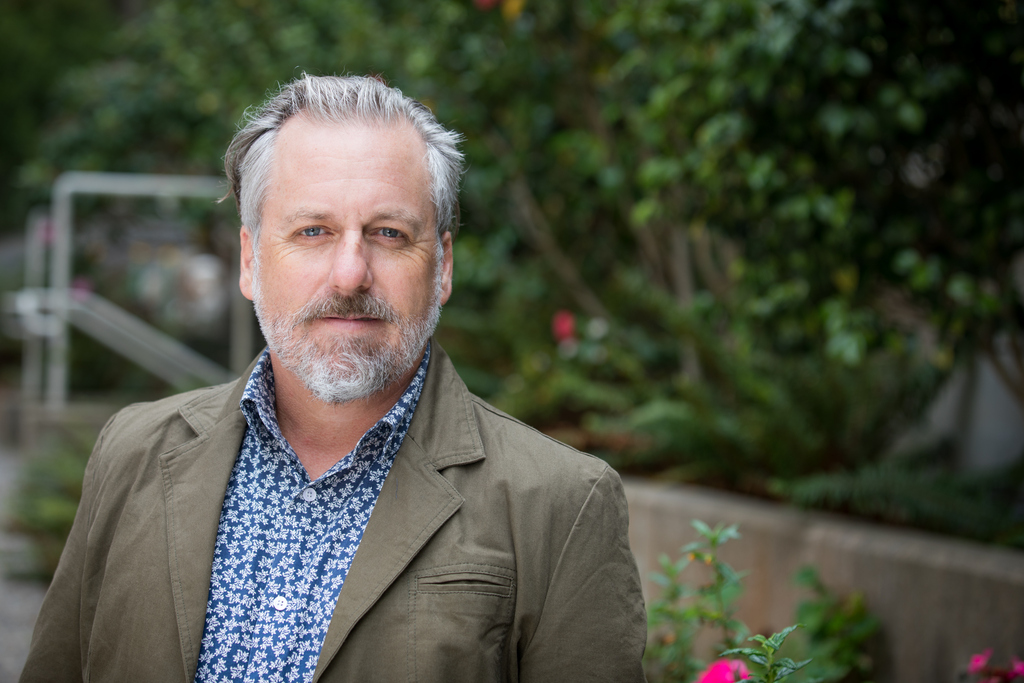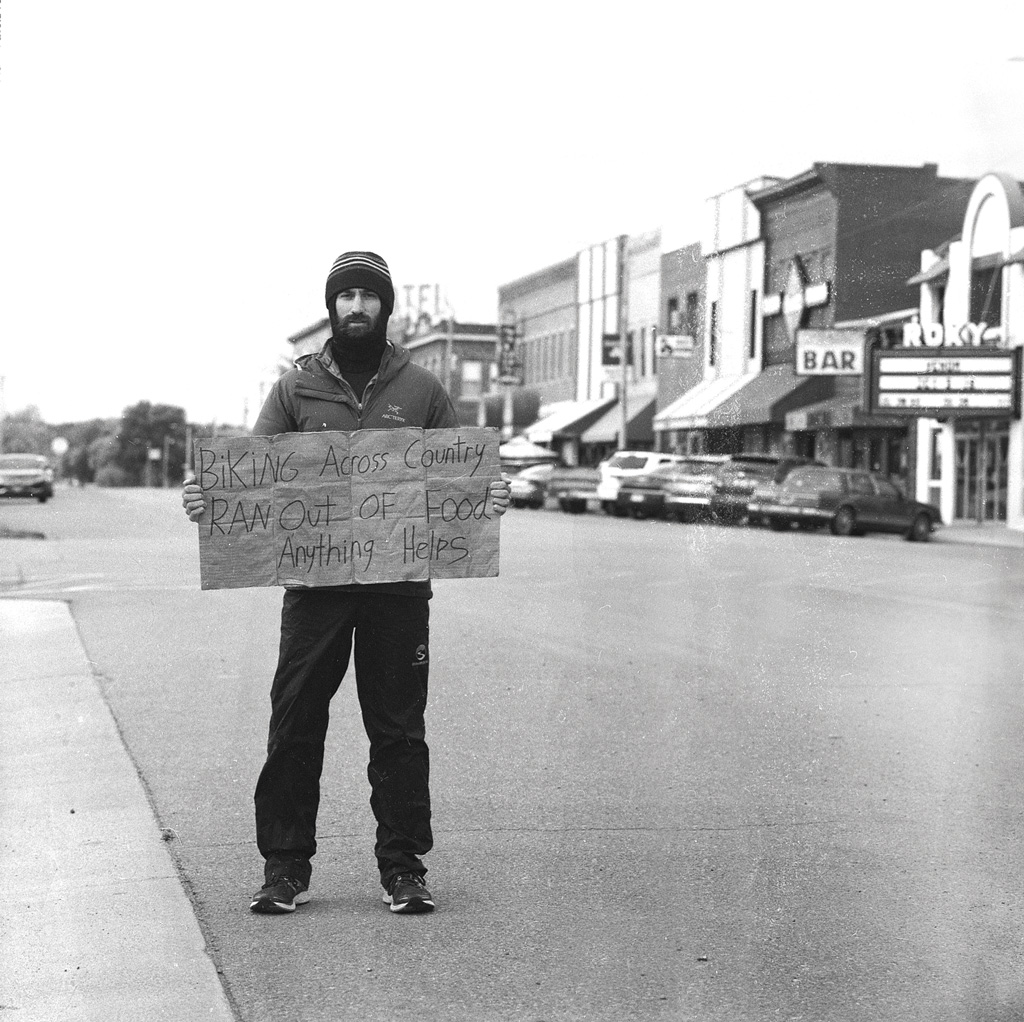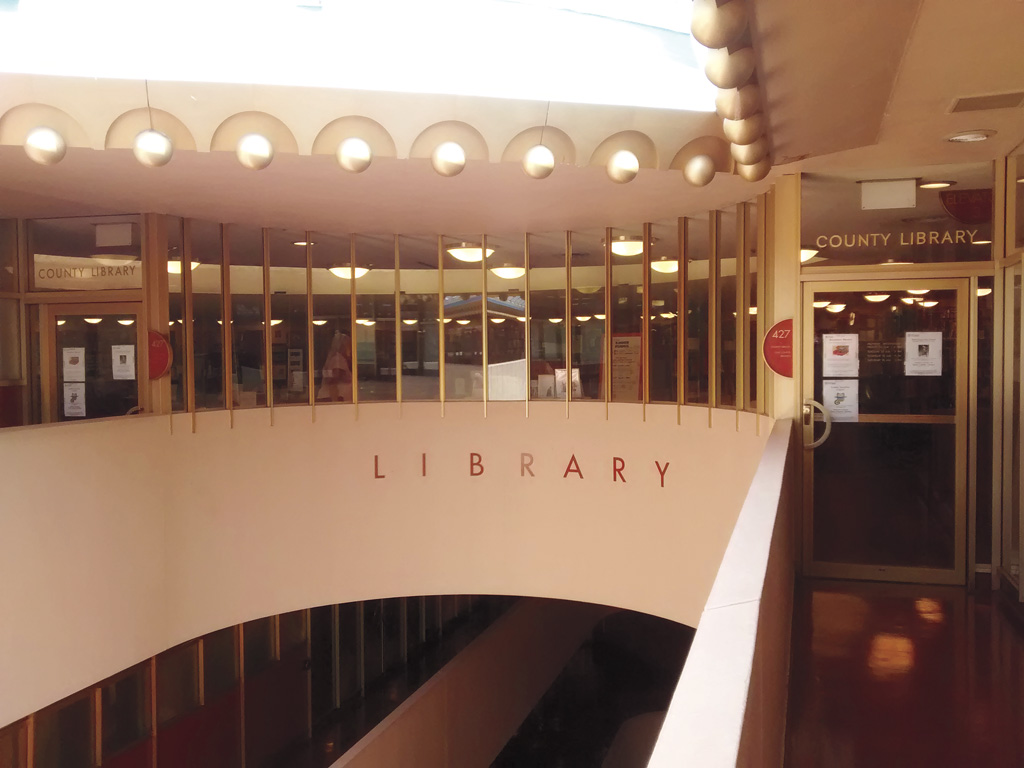News
Discovering the Benefits of Psychedelic Therapy at UCSF
 Andrew Penn (Photo by Elisabeth Fall Photography)
Andrew Penn (Photo by Elisabeth Fall Photography)You relax into the comfortable couch, put on some nice music and glance at the soothing art on the wall before putting on your eye shades and taking a dose of psilocybin, a psychedelic sometimes called a “magic mushroom.” Your afternoon is set but you aren’t at home — you’re at a lab at the University of California, San Francisco.
“During the dosing day, we’re asking patients to really engage, go inward and pay attention to what’s coming up for them internally and then we’ll talk about it afterward,” says Andrew Penn, MS, NP, PMHNP-BC, a clinical professor at the UCSF School of Nursing, where, as a researcher, he collaborates on psychedelics studies of psilocybin and MDMA in the university’s Translational Psychedelics Research Program (TrPR) lab. “We ask them to set an intention like, ‘I want to work on my trauma’ or ‘I want to understand my depression.’ It’s a very different experience in our lab versus a concert, Burning Man or something like that.”
Penn, who knew he wanted to focus his career on mental health since he was in high school, has spent the last four years conducting psychedelics research, including a study on using MDMA to treat PTSD, and the lab recently completed a larger phase two study of major depression and psilocybin-facilitated therapy. Now the group is conducting smaller pilot studies focusing on populations typically left out of research, including people experiencing depression related to Parkinson’s disease and bipolar II disorder. “People with Parkinson’s have depression at a rate of about 50 percent so we wanted to see if we could apply some of these psilocybin-facilitated therapies to help them,” Penn says, adding that studies in the pipeline include how psychedelic therapy might help people plagued by low-back pain.
Those participating in studies are screened beforehand and spend time talking to the researchers about their intentions, symptoms and the process before ever dosing, Penn says. When they are ready, patients are given a dose (or, in some studies, potentially a placebo) in the comfortable dosing room, where they will spend the day — and this may be repeated several times over a number of weeks with, non-drug integration therapy sessions happening in the days following each dosing session. But how and why does this therapy work?
“The idea behind psilocybin is that it allows a temporary shift in people’s internal mental experience,” Penn says. “In clinical use, one of the things that we’re looking at is that it allows people to kind of zoom back and look at their whole life at 30,000 feet.” According to Penn, one of the hallmarks of depression is that people get very ruminative and they’ll think about the same thing over and over again, often in an acutely negative way. “What’s interesting about psilocybin is that it seems to allow that part of the brain (that is overactive in depression) to turn down for a little while and for the brain to talk to itself in ways that it doesn’t normally do,” he adds.
And the best part is the positive feelings patients report continuing long after treatment. “The antidepressant effects appear to last anywhere from two months or even longer, so there’s a period of time afterwards where the depression seems to be alleviated,” he says, adding that it’s not because people still have psilocybin in their system. “That antidepressant effect lasts much longer than the drug in the body.”
Penn says that the public’s interest in psychedelic-assisted therapies is only growing and the demand for treatment will be hard to fill because there just aren’t enough specifically trained mental health clinicians for that treatment, even here in the Bay Area. He thinks this is where nurses, who number around 4 million in the U.S., can help, by getting trained and earning certification — like the Psychedelic-Assisted Therapies and Research certificate Penn earned at the California Institute for Integral Studies.
Not only could nurses help administer these therapies, they are the ideal ones to do it, Penn argues. “A lot of psychedelic therapy is really just sitting and being present for people, which sometimes is actually harder than it sounds,” he says. “Nursing is always first and foremost about the care of the patient — and that care is also about presence.”
Hear from Penn and other experts at a June 10 TEDxMarin salon featuring an in-depth exploration of psychedelic science and medicine. The event takes place at 7:30 p.m. at Dominican University’s Angelico Concert Hall in San Rafael.









